Rising Water Quality Concerns
The increasing awareness regarding water quality issues is a primary driver for the Water Analysis Instrument Market. As populations grow and industrial activities expand, the demand for clean and safe water intensifies. Reports indicate that approximately 2 billion people lack access to safe drinking water, which propels the need for effective water analysis instruments. This heightened concern over waterborne diseases and contaminants has led to a surge in investments in water quality monitoring technologies. Consequently, the Water Analysis Instrument Market is experiencing robust growth, with projections suggesting a compound annual growth rate of around 7% over the next five years. This trend underscores the critical role that water analysis instruments play in ensuring public health and environmental safety.
Growing Environmental Awareness
The rising environmental consciousness among consumers and industries is a notable driver for the Water Analysis Instrument Market. As awareness of pollution and its impact on ecosystems increases, there is a growing demand for effective monitoring of water quality. Industries are now more inclined to adopt sustainable practices, which include regular water testing to minimize their environmental footprint. This shift is reflected in the increasing number of companies investing in water analysis instruments to ensure compliance with environmental standards. Market analysis indicates that the demand for eco-friendly water testing solutions is likely to rise, with projections estimating a growth rate of around 6% annually. This trend emphasizes the importance of water analysis instruments in promoting environmental sustainability and responsible resource management.
Regulatory Frameworks and Compliance
The establishment of stringent regulatory frameworks regarding water quality is a significant driver for the Water Analysis Instrument Market. Governments and international organizations are increasingly implementing regulations to ensure safe drinking water and protect aquatic ecosystems. For example, the Safe Drinking Water Act in various regions mandates regular testing of water sources, thereby creating a consistent demand for water analysis instruments. This regulatory environment compels industries and municipalities to invest in advanced water testing technologies to comply with legal standards. As a result, the Water Analysis Instrument Market is expected to grow steadily, with compliance-related expenditures projected to reach approximately 3 billion USD by 2025. This trend highlights the essential role of water analysis instruments in meeting regulatory requirements and safeguarding public health.
Technological Innovations in Water Testing
Technological advancements are significantly influencing the Water Analysis Instrument Market. Innovations such as portable water testing devices, real-time monitoring systems, and advanced analytical techniques are enhancing the efficiency and accuracy of water quality assessments. For instance, the integration of IoT technology in water analysis instruments allows for continuous monitoring and data collection, facilitating timely interventions. The market is projected to witness a substantial increase in demand for these advanced instruments, with estimates indicating a market value exceeding 5 billion USD by 2026. These innovations not only improve the reliability of water testing but also expand the applications of water analysis instruments across various sectors, including agriculture, municipal water supply, and environmental monitoring.
Increased Investment in Water Infrastructure
Investment in water infrastructure is a crucial driver for the Water Analysis Instrument Market. As urbanization accelerates and populations expand, the need for reliable water supply systems and wastewater treatment facilities becomes paramount. Governments and private entities are allocating substantial funds to upgrade and maintain water infrastructure, which includes the procurement of advanced water analysis instruments. Recent data suggests that infrastructure investments in the water sector could exceed 1 trillion USD over the next decade. This influx of capital is likely to stimulate demand for innovative water testing technologies, thereby propelling the growth of the Water Analysis Instrument Market. Enhanced infrastructure not only improves water quality but also ensures sustainable management of water resources.


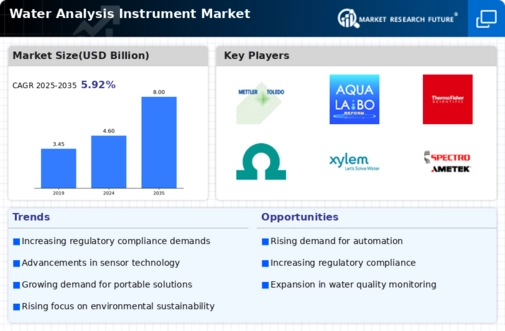
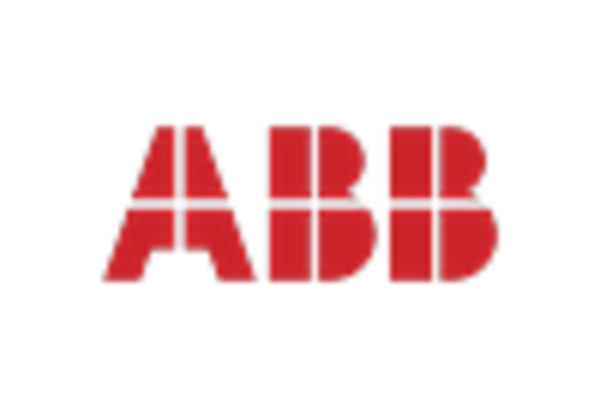
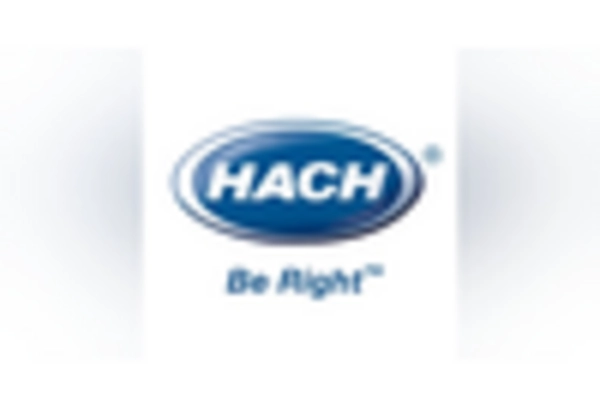
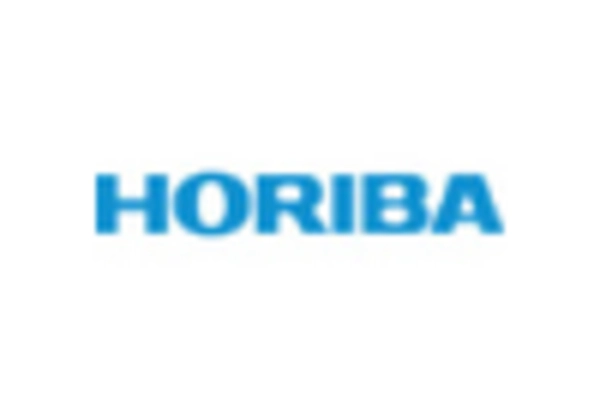
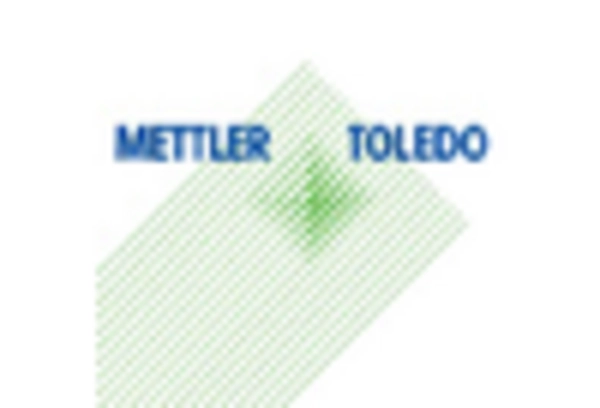
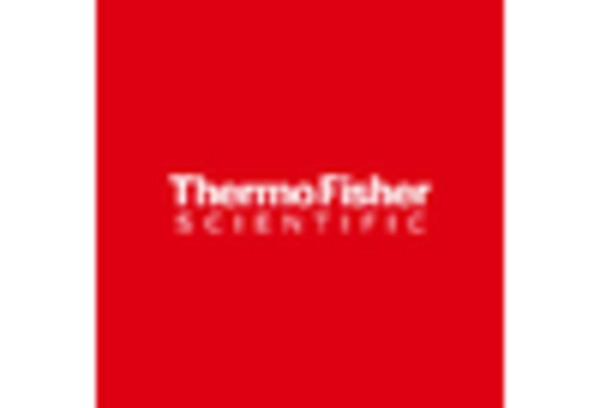
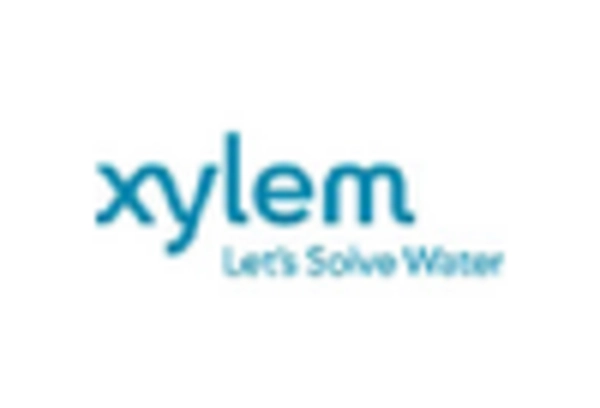








Leave a Comment